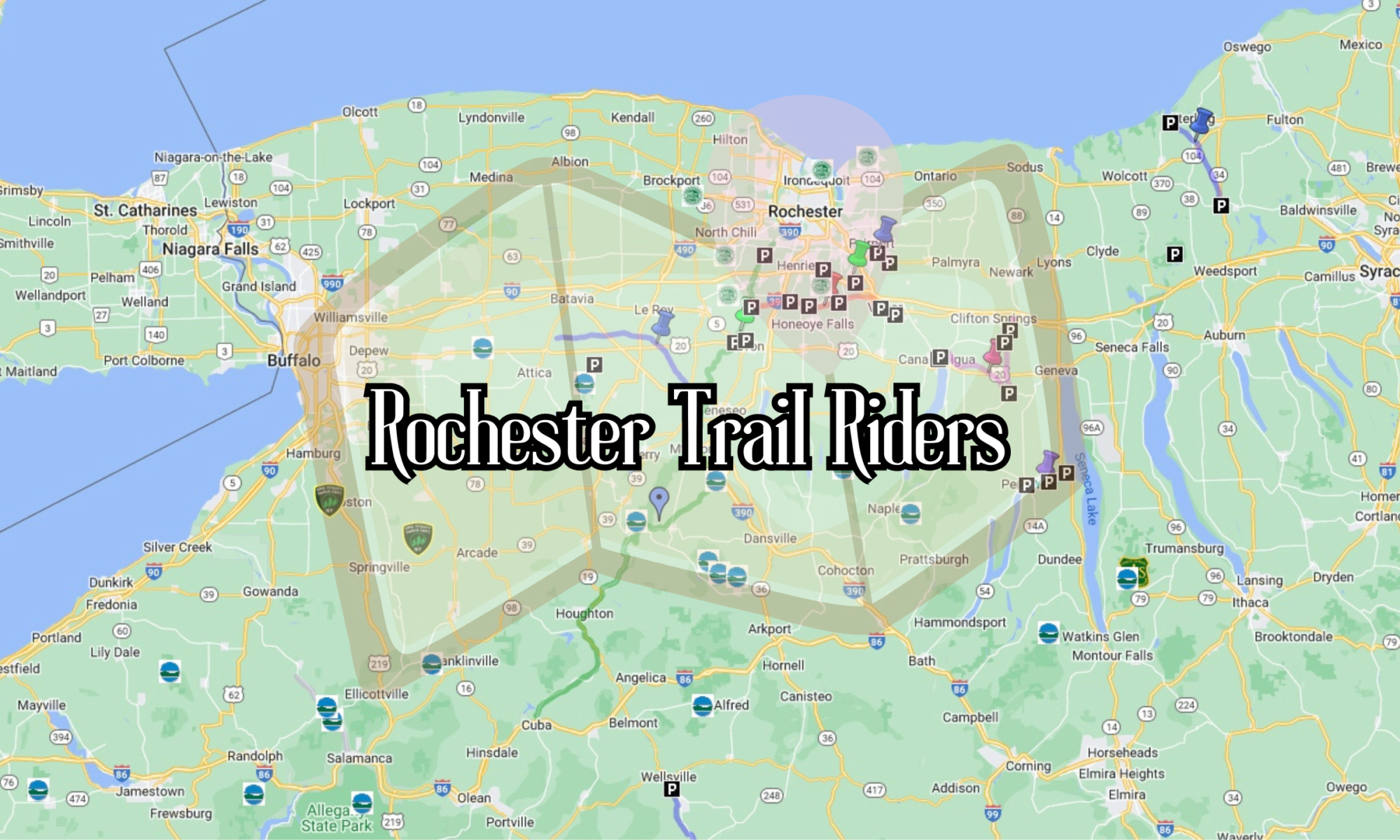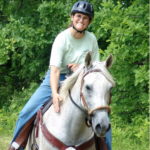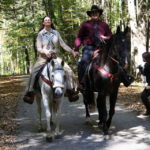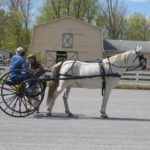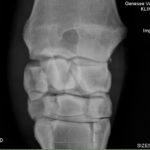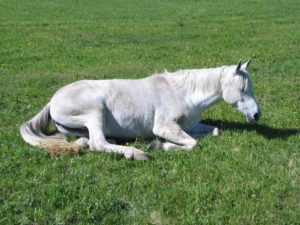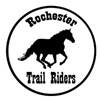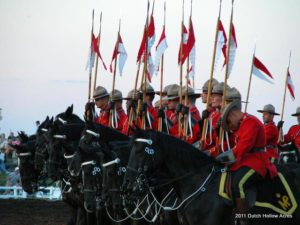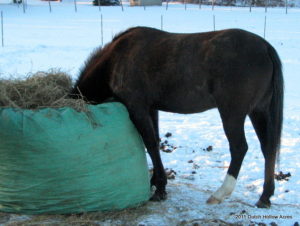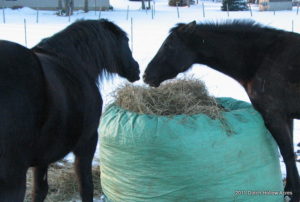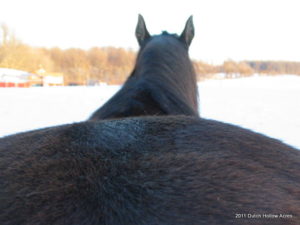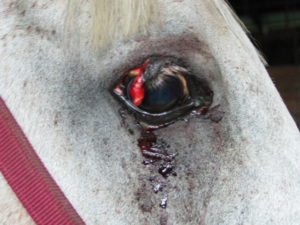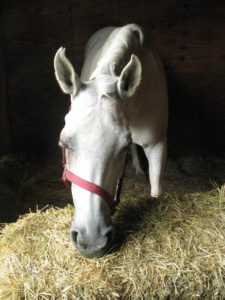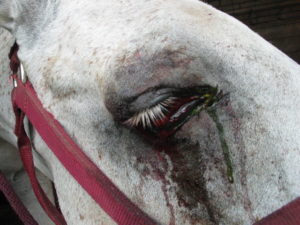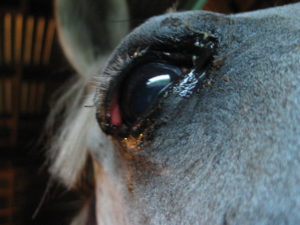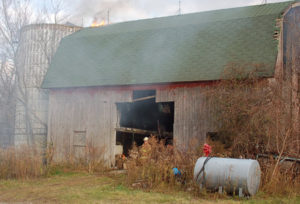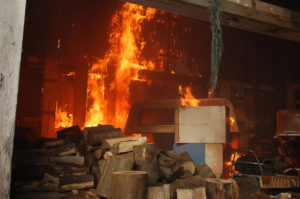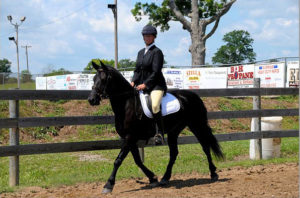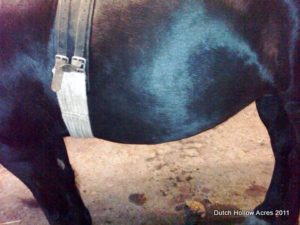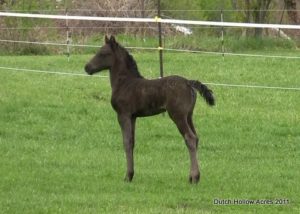I think spring is finally starting to show around the farm in one way at least, MUD. Gone are the days of beautiful snow covered pastures that did such a great job of hiding all the horse piles. The ground is soggy and soft and my poor horses are stuck in their ‘mud paddock’ which means they need to be exercised more.
Unfortunately mud season also affects our trails. This time of year horse hooves can destroy groomed trails which leave many of us to ride on the road until things dry up.
Rules of the Equine Road
NYS requires horseback riders (and whips) to follow all the rules and regulations of the road as outlined in the DMV manual as well as some others.
This means you can and will be pulled over and ticked for any of the following:
- Riding while intoxicated. Party poopers; I found this one out first hand back in the 90’s. Actually I found it out twice, they shouldn’t put hitch rails in front of bars then! So do as I say not as I do. That is unless you’re in Montana, where they actually encourage you to ride your horse home (see video below).
- Signs and signals. Better learn your hand signals! You’re required to follow all traffic signs and lights and need to let others know of your intentions. If you don’t know the hand signals at least point in the direction you plan on going. (Whips: signals should be given with your RIGHT hand not left and use your whip as an extension of your arm. LEFT is a bent arm pointing left over your head, stop is whip straight up and whip straight out to your right, for right)
- Cell phones and texting: Laws about texting and talking on the phone while driving also apply to you on your horse. I tried driving my horse while talking on the cell before, it’s a lot harder than driving your car and talking. I now silence my phone and bring it with me only for emergency use.
Other traffic laws that apply to riders and whips
- Stay on the Right: Applies under saddle, in harness AND in hand.
- Single file: No doubling up when on the road, you must stay head to tail
- You must come to a complete halt before entering any road way
- One hand on the reins at all times. You cannot carry any object which prevents you from keeping 1 hand on the reins.
- No Night Road Riding: You cannot ride a horse on the road ½ hr before sunset and ½ hr after sunrise. This does not apply to carriage horses or mounted patrols. This is another do as I say not as I do. I’ve been caught out after sunset many times, usually not on purpose.
- Wear your helmet: 14yrs and younger MUST wear one but it is advisable for everyone to do so. Pavement is hard!
RTR road riding suggestions:
- Wear a hunting vest or jogging vest: Anything bright and reflective
- Blinking lights. Often I’ll put bike lights on my horse.. a white flashing light off the breast collar and a red flashing one tied to his tail or on the cantle of my saddle.
- Sleigh bells: I find it’s always a good idea to have at least 1 sleigh bell on your saddle. The jingling helps other folks know where I am both on the trail and on the road. It also helps spook off deer
- Dressage whip: Untrained or unleashed dogs drive me nuts. I always find it handy to have a nice long dressage whip with me to smack those little suckers when they come nipping. Me and my little temper have also been known to smack cars that pass to closely too.
Are you curious about other laws that affect horse owners in New York State? Check out the New York State Horse Council for more information.
Trail Tails
The Tuesday Horse Blog Linky
Promote Your Horse Blog
Sharing Your Blog Link
Please use your FULL perma-link URL not just your blog domain name.
Example Bad: http://www.RochesterTrailRiders.com
Example Good: http://www.rochestertrailriders.com/2010/12/winter-fun-with-horses/
Pay it back! All we ask is that you pay it back and place either a link back to RTR in your post or use the following button in your post.
Please comment and remember to leave comments on other folks pages too! Everyone loves feedback.
This preview will disappear when the widget is displayed on your site.
For best results, use HTML mode to edit this section of the post.
